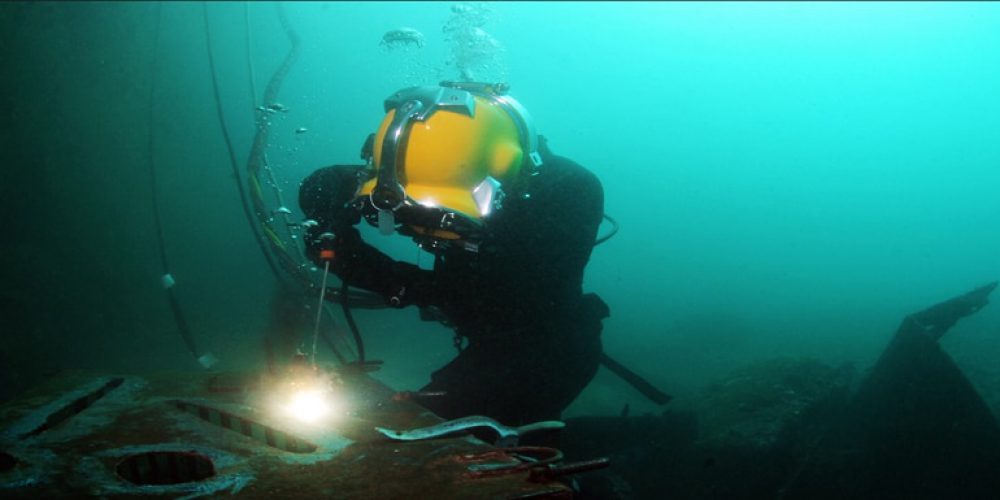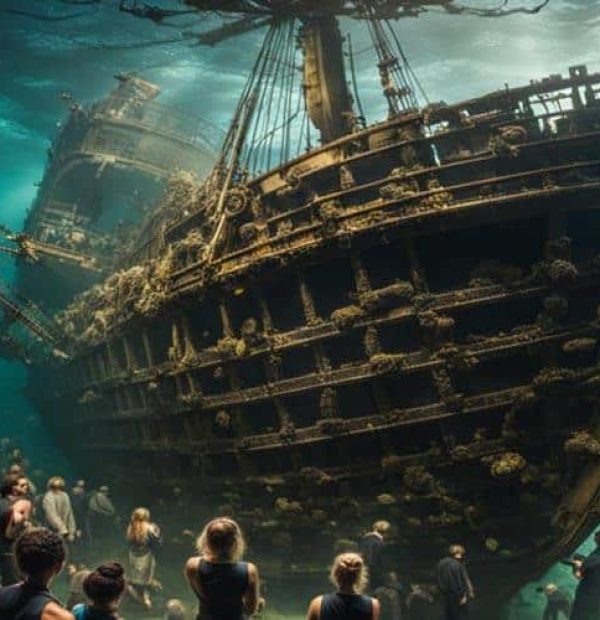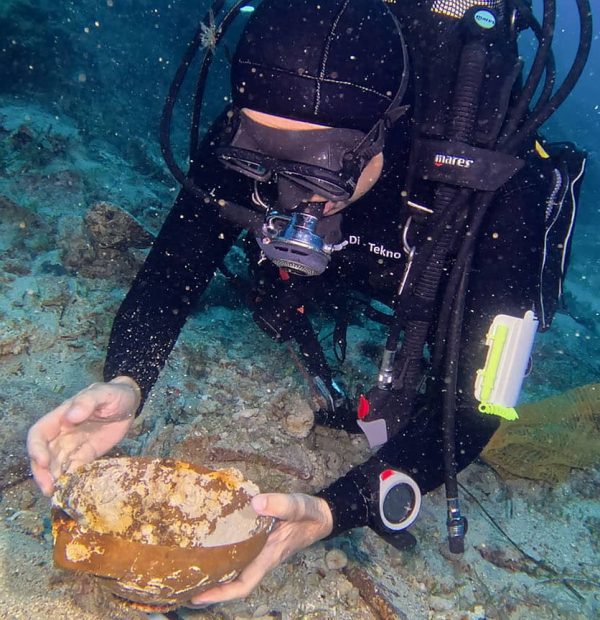Tuesday, 23 April 2024
Menu

It is already known how to make divers chat underwater. This does not require any electronics – it was proved by Polish scientists thanks to the research on communication of marine mammals, such as seals and dolphins.
“We spent two years researching how marine mammals communicate underwater, went to study seals on Hel, to Denmark to listen to dolphins and porpoises, formulated dozens of hypotheses, built prototypes, tested our ideas in pools or open water and finally we succeeded. We have built a demonstrator of a device that makes it possible to talk underwater over a distance of more than 20 metres,” – Dr Łukasz Nowak from the Institute of Fundamental Technological Research, Polish Academy of Sciences (IPPT PAN) in Warsaw described his team’s research in an interview with PAP.
He explained that divers had previously been able to talk to each other through wired or ultrasonic transmission systems. But this required expensive electronic equipment and full-face masks. Meanwhile, Dr Nowak’s idea will enable any diver to talk underwater. It is enough to take out a breathing apparatus from the mouth and speak into the device developed by the scientists in order to efficiently communicate with one’s underwater companions. The sound emitted by the invention spreads in the water, so divers will not need any equipment to hear each other – the voice can simply be picked up by the ear.
People can’t talk underwater because sound from the air doesn’t transfer to the water – they are completely different densities. “When we dive underwater, we can’t hear human voices from above the surface,” the acoustician said, and pointed out that we can hear what is happening in the air as long as at least the top of our head is sticking out above the water. “We then perceive sounds through the bones of our skull,” the researcher explained.
The scientist added that sounds are divided into structural – those created by vibrating solids (such as a hand tapping on a door) and aerodynamic – those caused by air vibration (such as the human voice). Under water, people are only able to hear structural sounds. That’s why we can hear banging on metal ladders or scraping on sand in the pool. So, in order for our voice to be heard underwater, we need to be able to effectively convert the sounds of air passing through our mouths into solid vibrations.
To see how this could be possible, scientists decided to investigate the mechanisms of sound production in mammals that communicate underwater. It was known that animals use air for this purpose, but it was not known how they do it. Dr Nowak talked about research into the acoustics of dolphins. The assumptions of the research – conducted by the Danes – sound so strange that they could easily compete for the Antinobel (in other words Ig Nobel). The researchers investigated whether dolphins that inhale helium have a “thinner voice” than humans. Surprisingly, it turned out that they did not – the whistling of dolphins after helium sounded the same as always. This study, although bizarre, was nevertheless important for acousticians – it showed that the sounds produced by dolphins are not air vibrations but vibrations of their body tissues caused by air movement. In helium, only the height of the aerodynamic sounds change, but not the structural ones.
The study also looked at how seals communicate underwater, whose roars, however, more closely resemble a human voice than the whistling of dolphins. “It turns out that this is a white spot in our knowledge. But this study is more difficult than in the case of dolphins, because seals underwater communicate only during the mating season, and in addition they make sounds when they want to, and not on human command” – Dr Nowak explained. He stressed that in the spring, he plans to conduct more detailed research on the subject. But not necessarily with helium.
Thanks to research into the acoustics of marine animals, Polish scientists have developed a theory of acoustic phenomena occurring in living organisms and built a device that reproduces these mechanisms. They succeeded in determining the characteristics of transient systems, those that mediate the conversion of aerodynamic sounds into structural ones that propagate in water.
Work on the demonstrator was conducted within the INTER programme of the Foundation for Polish Science (FNP), which ended in December. At this early stage of work on the device, Dr Nowak does not want to disclose details concerning the construction of his invention. Work on the device will now continue. “We have already received the green light to create a prototype of such a device. We start working on it within the IMPULSE FNP programme”. – notes the acoustician.
Source: PAP – Science in Poland, Ludwika Tomala
Photo: flickr/usnavy CC BY 2.0










Welcome to DIVERS24.COM, your daily source of scuba news, freediving, scuba diving information, and equipment reviews. Our comprehensive coverage of the dive industry from A to Z provides you with all the latest scuba news, training updates, underwater photography tips, and everything else related to scuba diving. Whether you’re a beginner or an experienced diver looking for more knowledge about scuba gear or techniques – we’ve got it covered! With our in-depth articles written by experienced divers who have been there and done that, you are sure to find exactly what you need here at Divers24.com. Dive into scuba news today!
Underwater Media Sp. z o.o.
Szafarnia 11/F8,
80-755 Gdansk, Poland
Welcome to DIVERS24.COM, your daily source of scuba news, freediving, and scuba diving information. Sign in for a weekly news update and discount coupons for dive gear and apparel.
@2023 - underwatermedia.pl. All Right Reserved. Designed and Developed by Tworzenie stron internetowych Gdansk

The Divers24 portal is currently the largest online medium treating diving in Poland. Since 2010 we have been providing interesting and important information from Poland and around the world on all forms of diving and related activities.
Contact us: info@divers24.com